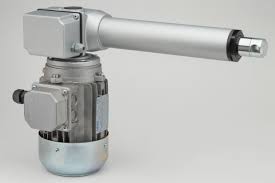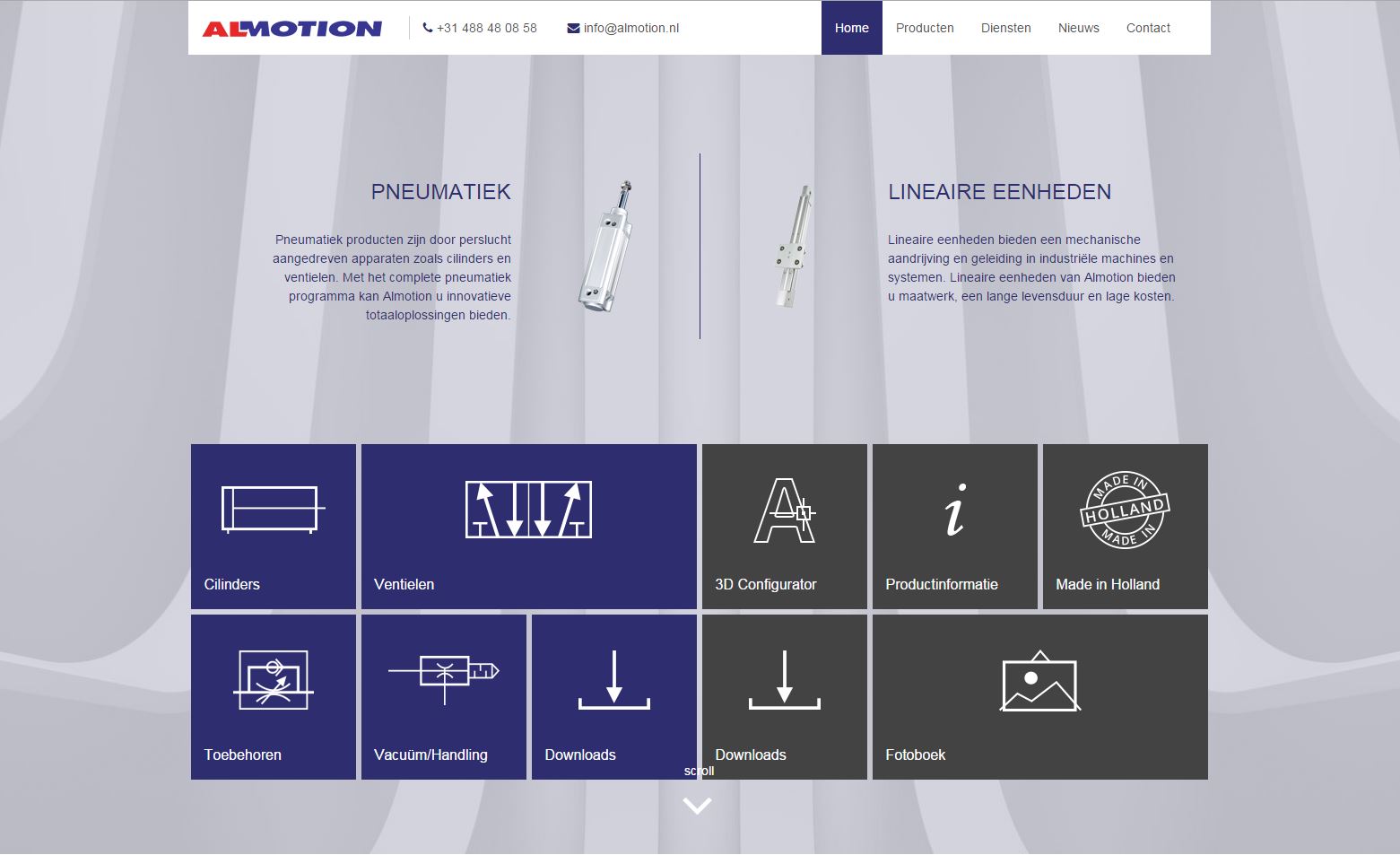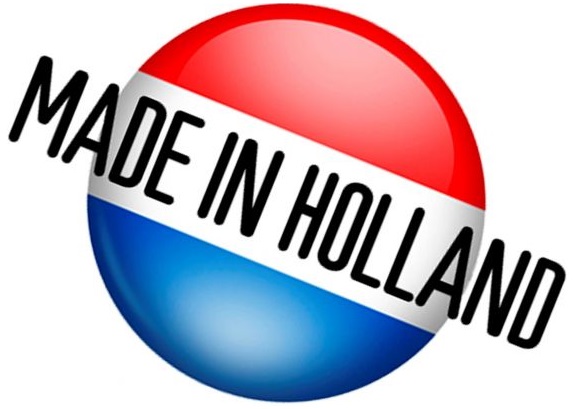What is a linear actuator?
An actuator is a device that can influence its environment.
Usually this is a servo motor which is pneumatically, hydraulically or electrically driven with a movement output.
The term actuator is quite spacious.This means that there exist many types of actuators.
Common actuators include the linear actuator and the rotary actuator.
Linear actuators are e.g. :
- Piëzo-electric actuators
- Electromagnetic actuators
- Hydraulic actuators
- Pneumatic actuators
The most common rotary actuators are electric motors.
A linear actuator is an actuator which makes an linear movement (straight line) in contrast to the rotary actuator which makes a circular motion.
Linear actuators are used in machine tools, machine industry, parts of computers and in a lot of other applications where linear movement is desired.
There are many other ways to get a linear movement of a rotating motor. Hydraulic or pneumatic cylinders may also generate a linear movement. Also does a linear unit.
However, the linear actuator remains a good option because it can operate on its own.
Advantages of a linear actuator are:
- simple design
- minimum number of moving parts
- high speed is possible
- autonomously operating
- identical reciprocating rectilinear motion
- accurate and smooth operation
- quiet, clean and energy efficient
Linear actuators can be integrated in nice control systems equipped with data bus communication. You will be provided with a precise positioning feedback and accurate control for acceleration and speed.
Last but not the least, linear actuators have a long life with a very little maintenance.
This guarantees a low TCO (total cost of ownership) compared to other systems.
This guarantees a low TCO (total cost of ownership) compared to other systems.
Lineairtechniek® also supplies linear actuators combined with advice of an expert.
*An example of one of the many possibilities of a linear actuator:

Some other links you wil find at Q12




